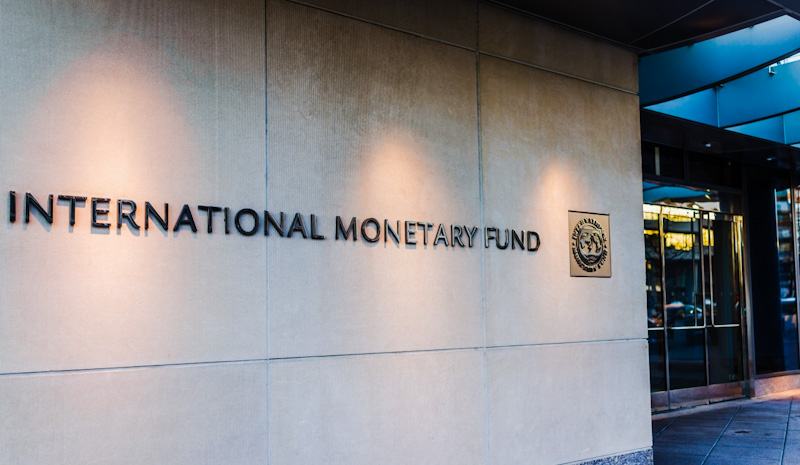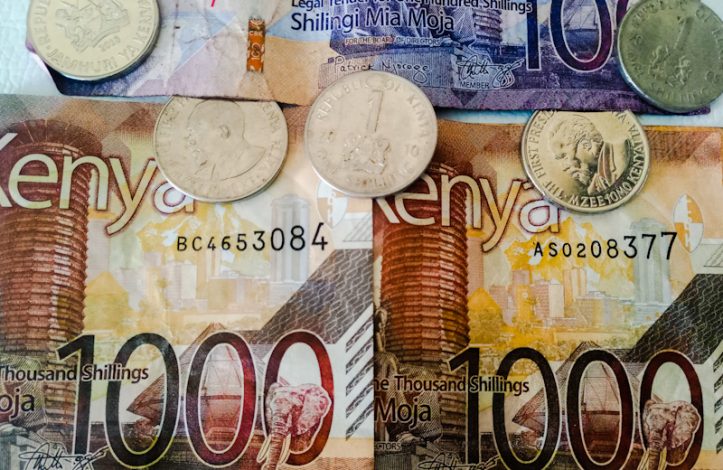The International Monetary Fund and Kenya reached a preliminary agreement to unlock about $1.1 billion.
The funding is under the existing Extended Fund Facility and Extended Credit Facility arrangements.
The staff-level agreement, which is subject to IMF board approval, will give Kenya access to about $976 million.
If approved, Kenya would receive $976 million 135.55% of the country’s quota with the IMF (quota refers to the maximum amount a country can borrow from the IMF).
In addition to $156 million in concessional loans which have zero interest rates and are intended to help low-income countries.
This will bring the total IMF financial commitment to $3.6 billion under the program.
An additional $120 million may be disbursed under a so-called Resilience and Sustainability facility approved on July 17, 2023.
Focus on Reducing Debt, Managing Fiscal Risks
Reducing vulnerabilities is a central objective of a program initially agreed in 2021 with the IMF, which says Kenya is at high risk of debt distress.
“The policy package seeks to preserve debt sustainability and price stability, manage fiscal risks, address financial sector vulnerabilities, and AML/CFT deficiencies while continuing to advance structural reforms to support inclusive and resilient growth,” said Ms Haimanot Teferra who leads the IMF team.
According to the IMF, Kenya’s economic outlook is improving, but the government must address fiscal challenges and implement reforms to ensure long-term stability.
Kenya’s economy showed signs of recovery in 2023, with a growth rate of 5.6%. This was driven by a strong performance in agriculture and a rebound in the services sector following the return of good rains after several years of drought. Inflation has also seen a welcome decline, reaching 5.1% in May 2024.
However, the IMF also identified a shortfall in tax revenue collection, which has led to increased government borrowing. This, coupled with rising interest payments on public debt, has put pressure on Kenya’s fiscal health.
To address this, the IMF recommends a significant fiscal consolidation effort in the upcoming 2024/25 budget. This would involve measures to broaden the tax base, improve tax compliance, and reduce unproductive government spending. Strengthening social safety nets is another key area for improvement.
World Bank Loan to Settle Remaining Eurobond Debt
Razia Khan, Standard Chartered Bank Head of Research, Africa and Middle East, commented on X that Kenya’s external financing situation has improved with the partial buyback of the Eurobond significantly reducing Kenya’s need for external funds.
“With the partial buyback of the Eurobond, Kenya’s external financing needs are no longer considered elevated. Kenya no longer needs outsized quota access – that’s good news. The programme size can be reduced. The share of concessional financing is +21%.”
The Kenyan government will allocate part of a new US$1.2 billion loan from the World Bank to pay off the remaining balance of its US$2 billion Eurobond maturing on June 24th, 2024.
Background
- In February 2024, Kenya launched a tender offer for a new bond, aiming to buy back over US$1.4 billion of the existing Eurobond.
- This buyback reduced the total outstanding amount to approximately US$500 million.
World Bank Loan Allocation
- The World Bank approved a US$1.2 billion Development Policy Operations (DPO) loan in early June
- The government will use a portion of this loan to settle the remaining US$500 million Eurobond debt.
Impact on Kenyan Shilling
Central Bank of Kenya (CBK) Governor Kamau Thugge assured that using part of the loan for the Eurobond repayment won’t affect the Kenyan shilling’s stability.
“Our exchange rate is determined by the market forces, recently inflows from foreign exchange have been higher than the demand, so we expect going forward a fairly stable exchange rate. We don’t see significant weakening or strengthening, there should be stability in the exchange rate,” he said.
In 2024, the shilling has gained 17% value to the dollar.
“This stability can be attributed to somewhat matched short-term import demand. The central bank, though still intervening, has reduced its support to the market,” says NCBA Market Research.
“Despite the heavy external debt obligations in June and July at roughly $750Mn and $530Mn, respectively, we expect the USDKES pair to hold within recent range on account of the reduced import demand factor.”






